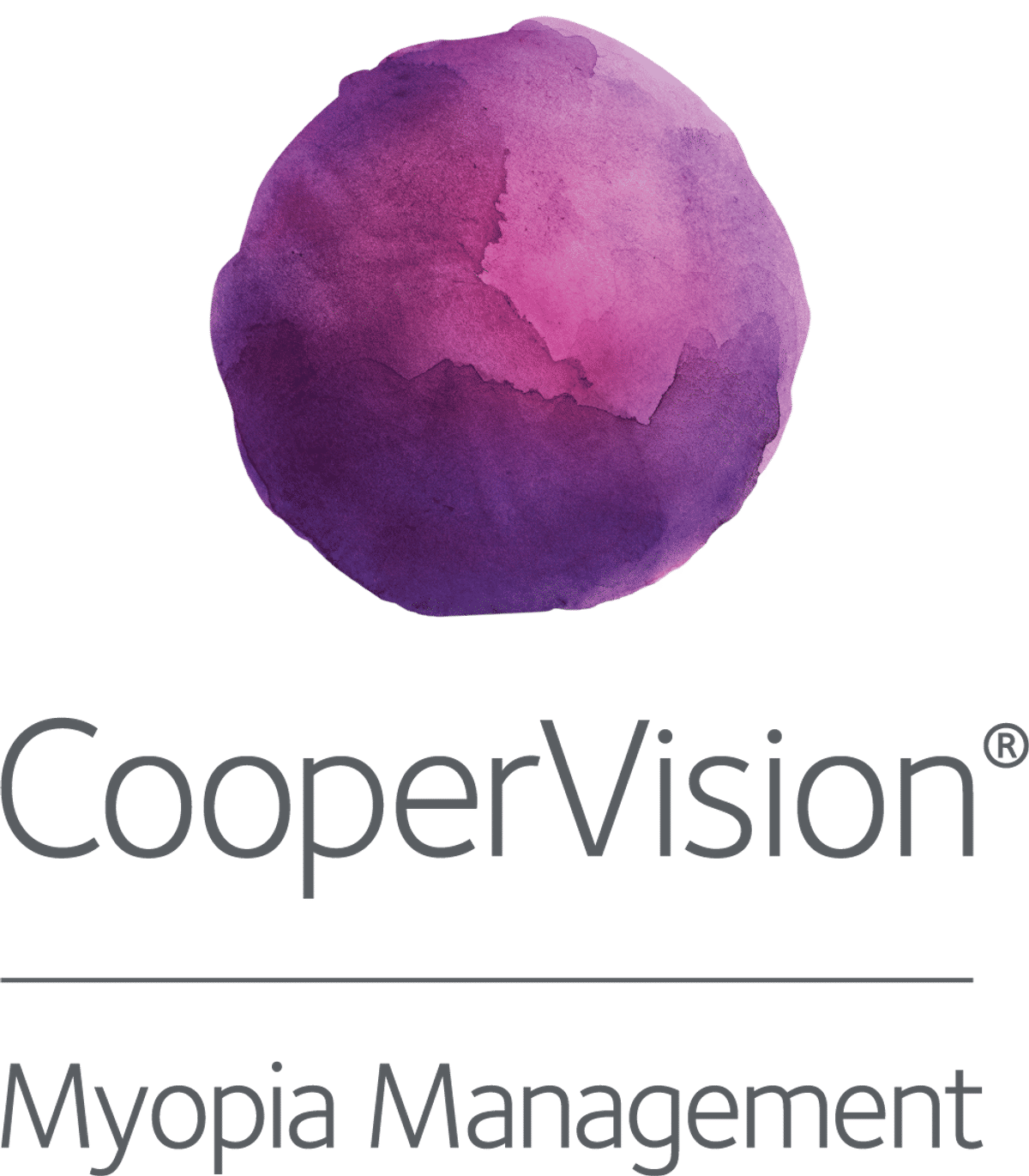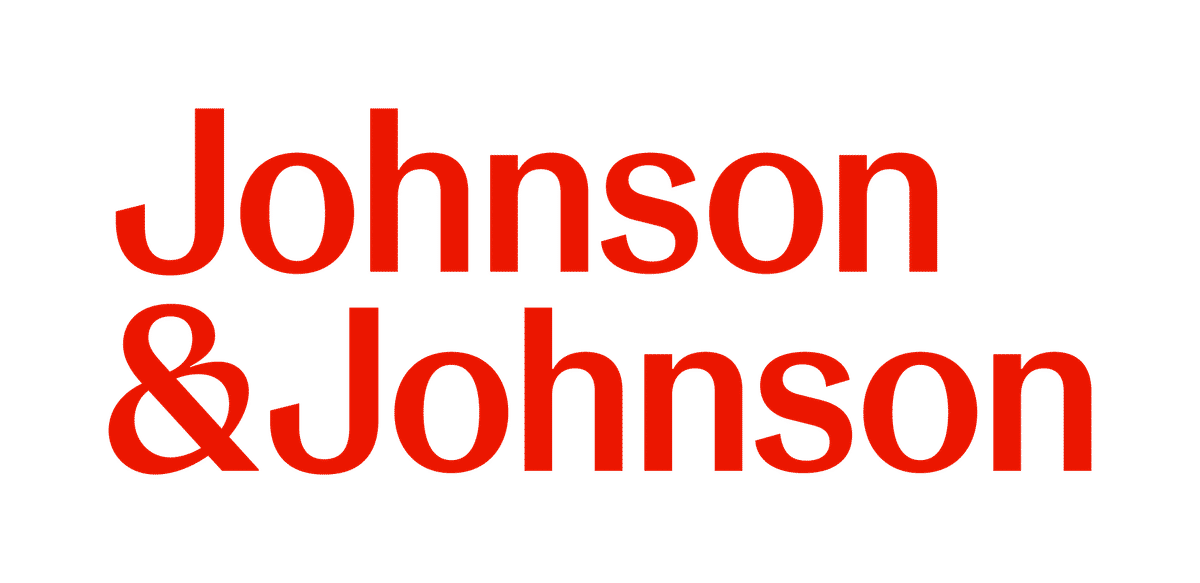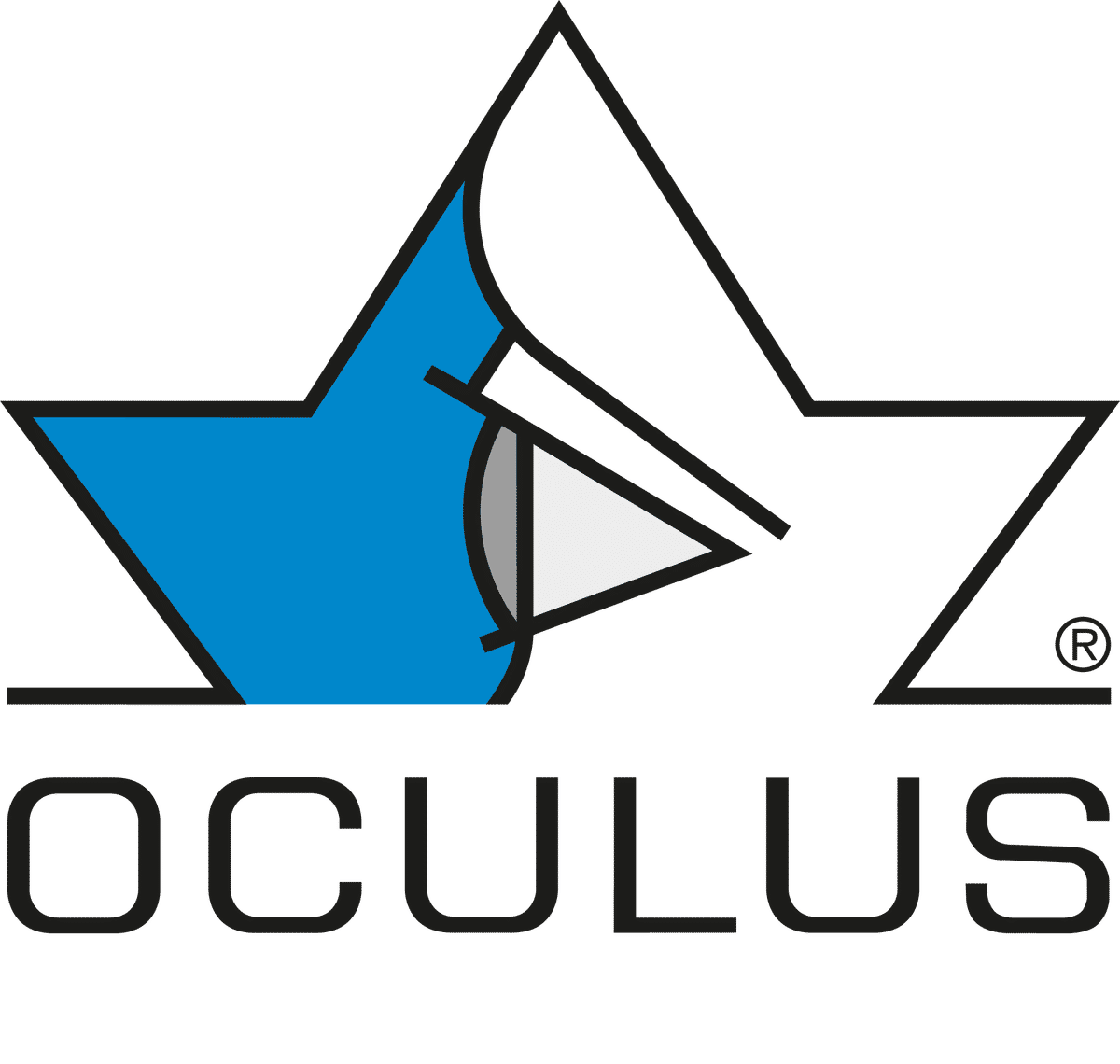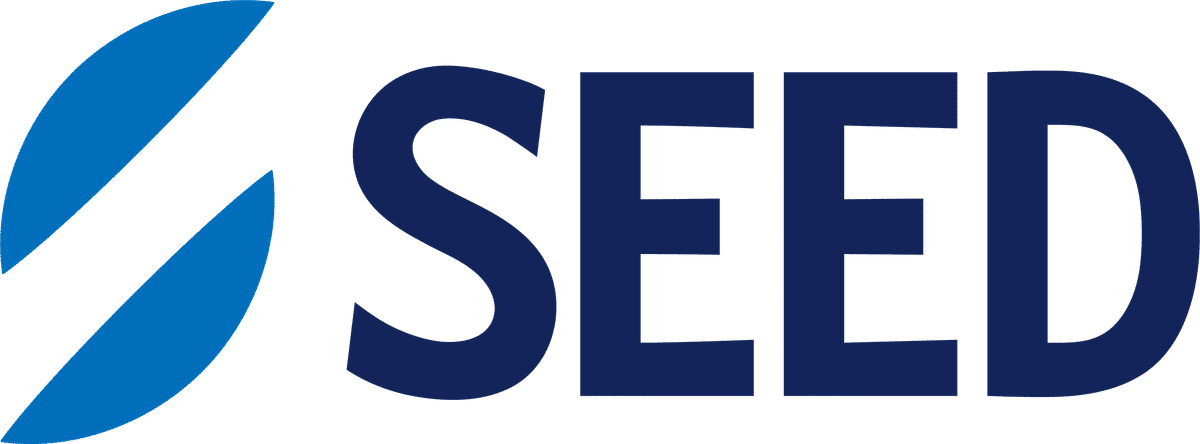Clinical
Should kids wear both myopia control glasses and contact lenses?

In this article:
A common dilemma in myopia management is whether a child should be prescribed myopia control glasses as well as myopia control soft contact lenses. Does wearing one treatment on some days, and a different treatment on others, slow progression better than a single treatment used consistently? Or is it appropriate to prescribe single vision lenses as a secondary form of correction to myopia control contact lenses? The answer is not so straightforward.
This article explores whether children should use myopia control in both spectacle and contact lens modalities, also known as ‘dual-wear’ (on alternative days – not all at once!).
In the absence of direct evidence, a structured framework is included to support decision-making in practice.
Glasses and contact lenses both have a place in myopia management
One of the first considerations when discussing treatment options is to decide what the child will wear to optically correct myopia, i.e. glasses or contact lenses. Considering that myopic children will require an optical correction as a bare minimum, a spectacle or contact lens-based intervention makes the most sense, to simultaneously provide clear vision and control myopia progression.
Glasses and contact lenses offer a distinct set of practical benefits. Glasses are simple and familiar, while contact lenses are convenient for sports and other physical activities. Contact lenses require a learning curve, but can provide additional functional and psychological benefits for children and teens.
What is dual wear?
Dual-wear describes regularly use both spectacles and contact lenses on an alternating basis according to the wearer’s preference. For example, wearing myopia control contact lenses on some days (e.g. sport days / weekends) and myopia control spectacles on others (e.g. school days / weekdays).
While infrequently described, dual wear is not uncommon. A 2020 global survey commissioned by CooperVision estimated that 27% of people in the US who require vision correction use both spectacles and contact lenses. A separate 2023 survey commissioned by the Contact Lens Institute found a similar proportion of dual wearers (23.6%) in the US.
In practice, spectacle wearers enjoy using contact lenses in situations where glasses are impractical, such as for exercise or sport. Contact lens wearers generally do not rely solely on contact lenses and are encouraged to use their glasses when contact lenses are not necessary, such as when relaxing at home.
In contrast, the current evidence-base and generally accepted approaches to managing childhood myopia focus on one optical treatment at a time. Even in combination therapy, an optical treatment is nearly always augmented by a non-optical treatment, such as atropine
Activities and events where contact lenses are preferred (from CooperVision Dual Wearer Report, 2021)
Due to the different advantages of spectacles and contact lenses, the benefits of access to both modalities are easily recognized, as the strengths of one modality overlap with the weaknesses of the other. By adapting which optical modality to use according to day-to-day requirements, a patient can align the benefits of each modality to their use-case. Therefore, exploring the risks and benefits of dual wear for myopia management is justified.
Reasons to consider dual-wear
Dual-wear offers practical and lifestyle benefits that could make myopia management more achievable for some families. Although real-world evidence is lacking, these factors support the rationale that alternating therapy could maintain or even enhance long-term compliance, and may improve children’s quality of life compared to the usual paradigm of optical monotherapy.
Longer exposure to vision correction
Dual-wear provides a way for children to avoid blurred vision from uncorrected refractive error, no matter the circumstance. The ACHIEVE study – a three-year randomized trial of myopic children aged 8-11 years, showed that dual wearers wear vision correction significantly longer (97.5 hours/week) than those who are solely spectacle wearers (91.5 hours/week) or contact lens wearers (80.3 hours/week).
Children do not solely rely on contact lenses and typically supplement contact lens wear with spectacle wear.
Longer exposure to myopia control
Dual-wear can help sustain (and potentially increase) a child’s exposure to the effects of a myopia control intervention, since stronger efficacy has been correlated with longer wearing times.
Learn more about dose response in myopia control.
Active lifestyles
Dual-wear provides increased flexibility and reassurance for children with active lifestyles. Engagement in sports, swimming, or high-motion extracurricular activities renders glasses impractical to wear. Contact lenses provide functional vision and high satisfaction during sporting activities,
Quality of life
Schoolwork, sports, and other recreational activities benefit from optimal vision. A child using both modalities can enjoy greater comfort and freedom across different environments. For instance, the flexibility to wear spectacles on school days and contact lenses on weekends, holidays, or special occasions can increase confidence and convenience.
Contingency
Having a backup myopia control modality ensures continuity of treatment as well as uninterrupted functional vision. A second modality provides recourse during travel, illness, eye infection, irritation, or lens loss – situations where rigid adherence to a single optical strategy is unrealistic. This minimizes the likelihood of wearing single vision lenses, or worse – remaining uncorrected; both of which pose a risk for myopia progression.
Reasons to be cautious with dual-wear
Despite its apparent flexibility and being prevalent across single vision correction, dual-wear potentially introduces several challenges and limitations in myopia control.
Lack of clinical evidence
There is no direct research evidence on myopia control efficacy for those dual-wearing myopia control treatments and it is unknown how dual-wear regimens compare with consistent single-modality therapy. As such, practitioners cannot predict whether combining modalities in this way will yield additive, neutral, or diminished outcomes compared to wearing one treatment for the full recommended duration.
Distinct optical mechanisms
Current optical strategies share similarities by including a central refractive correction and a more peripheral myopia control zone; however, each design inhibits axial elongation in a unique way. Many designs impose myopic defocus (e.g. MiYOSMART, Stellest, and MiSight lenses), but recent studies suggest other underlying optical mechanisms at play. For example, diffusion optics technology (DOT) spectacle lenses
Because these designs produce different retinal images,
Risk of undercompliance for each treatment
Many products specify a recommended wear schedule to achieve optimal benefits, as myopia treatments are more effective when worn full-time and every day.
Monitoring compliance
Monitoring compliance could become more challenging when managing two different treatment types. For soft contact lenses, compliance can be indirectly estimated by counting remaining blister packs or encouraging the use of calendars and diaries. Spectacle wear is usually reported anecdotally by parents. When two optical modalities are used interchangeably, it may become harder to measure wearing times for either modality, making compliance more difficult to verify.
Financial burden
Dual wearing myopia management lenses could also increase the financial burden for families compared to single wear, at least in the short-term. Spectacle lenses used in myopia management are usually more expensive to fit and manufacture than their single-vision counterparts and so involve greater upfront fees.
Assessing efficacy
Regular reviews are recommended for children undergoing myopia management, to consider whether the treatment should be continued, modified, combined with an additional treatment, or stopped entirely.
Optical adaptation
Alternating between myopia control spectacle lenses and myopia control soft contact lenses may introduce adaptation challenges. Although research has largely shown that the visual experience of myopia control spectacles and contact lenses is equivalent to single vision,
Suggested guidelines for dual-wear
There is no established consensus to support or discourage dual wear for myopia management. Eye care practitioners can apply clinical judgment and weigh potential risks and benefits on a case-by-case basis.
A structured approach is suggested below to help eye care practitioners determine whether dual wear is appropriate.
- Determine the primary treatment – Where possible, prescribe the optical treatment that the child will use consistently, suits their personal and lifestyle needs, is effective, and is likely to be tolerated well. Consider that ortho-k lenses may be more convenient than switching between spectacles and contact lenses, and are associated with high compliance and vision-related quality of life.
15 - Identify potential barriers to full-time wear – Sporting activities, cosmesis, special or social occasions, and personal preferences may adversely affect wearing time, particularly if spectacles are preferred as the main treatment. This is a good opportunity to resolve parental concerns about vision or convenience, and determine the treatment which will encourage the best compliance.
- Determine if a secondary correction is needed – All contact lens wearers should have a pair of glasses that allows them to achieve clear and comfortable vision as a precautionary measure. Spectacle wearers may be satisfied with their correction for the majority of activities, but can benefit from the convenience of contact lenses for other occasions.
- Determine whether the secondary correction should provide myopia control – A secondary treatment may be considered if it is required to supplement the wearing time of the primary treatment. For example, if a child wears dual focus soft contact lenses for 11 hours per day and sleeps for 8 hours per day, this implies roughly 5 hours per day where the child is not receiving myopia control treatment. This is a better value proposition for dual wear than if a spectacle wearer is out of their myopia control treatment for say, only 1 hour each day during waking hours (e.g. sport). Lifestyle, capacity for compliance, and the family’s budget can also factor into consideration.
- Maintain routine reviews – The IMI recommends ongoing reviews every six months for young patients undergoing myopia management.
16 Each review allows us to ensure the myopia treatment(s) are suitable for the patient and their family, and is meeting outcomes for their vision, eye health, and myopia control. This is even more important when different treatments are being used in combination.
Meet the Authors:
About Brian Peng
Brian is a clinical optometrist based in Sydney, Australia. He graduated from the University of New South Wales and was awarded the Research Project Prize for his work on myopia. He has a keen interest in myopia-related research, industry, and education.
Read Brian's work on our My Kids Vision website, our public awareness platform. Brian also works on development of various new resources across MyopiaProfile.com.
References
- Walline JJ, Gaume A, Jones LA, et al. Benefits of contact lens wear for children and teens. Eye Contact Lens. Nov 2007;33(6 Pt 1):317-21. [link]
- Wolffsohn JS, Calossi A, Cho P, et al. Global trends in myopia management attitudes and strategies in clinical practice. Cont Lens Anterior Eye. Apr 2016;39(2):106-16. [link]
- Jones-Jordan LA, Chitkara M, Coffey B, et al. A comparison of spectacle and contact lens wearing times in the ACHIEVE study. Clin Exp Optom. May 2010;93(3):157-63. [link]
- Bao J, Huang Y, Li X, et al. Spectacle Lenses With Aspherical Lenslets for Myopia Control vs Single-Vision Spectacle Lenses: A Randomized Clinical Trial. JAMA Ophthalmol. May 2022;140(5):472-478. [link]
- Lam CSY, Tang WC, Tse DY, et al. Defocus Incorporated Soft Contact (DISC) lens slows myopia progression in Hong Kong Chinese schoolchildren: a 2-year randomised clinical trial. Br J Ophthalmol. Jan 2014;98(1):40-5. [link]
- Donovan L, Sankaridurg P, Ho A, et al. Myopia progression rates in urban children wearing single-vision spectacles. Optom Vis Sci. Jan 2012;89(1):27-32. [link]
- Chung K, Mohidin N, O'Leary DJ. Undercorrection of myopia enhances rather than inhibits myopia progression. Vision Res. Oct 2002;42(22):2555-9. [link]
- Rappon J, Chung C, Young G, et al. Control of myopia using diffusion optics spectacle lenses: 12-month results of a randomised controlled, efficacy and safety study (CYPRESS). Br J Ophthalmol. Nov 2023;107(11):1709-1715. [link]
- Su B, Cho P, Vincent SJ, et al. Novel Lenslet-ARray-Integrated Spectacle Lenses for Myopia Control: A 1-Year Randomized, Double-Masked, Controlled Trial. Ophthalmology. Dec 2024;131(12):1389-1397. [link]
- Kaymak H, Mattern AI, Graff B, et al. Optical influence of myopia control spectacles at the retinal level: Effect of local light modulation. Ophthalmic Physiol Opt. Jun 2025;45(4):995-1003. [link]
- Lam CSY, Tang WC, Zhang HY, et al. Long-term myopia control effect and safety in children wearing DIMS spectacle lenses for 6 years. Sci Rep. Apr 2023;13(1):5475. [link]
- Lam CSY, Tang WC, Tse DY, et al. Defocus Incorporated Multiple Segments (DIMS) spectacle lenses slow myopia progression: a 2-year randomised clinical trial. Br J Ophthalmol. Mar 2020;104(3):363-368. [link]
- Li X, Huang Y, Liu C, et al. Myopia control efficacy of spectacle lenses with highly aspherical lenslets: results of a 5-year follow-up study. Eye Vis (Lond). Mar 2025;12(1):10. [link]
- Laughton D, Hill JS, McParland M, et al. Control of myopia using diffusion optics spectacle lenses: 4-year results of a multicentre randomised controlled, efficacy and safety study (CYPRESS). BMJ Open Ophthalmol. Oct 2024;9(1). [link]
- Bullimore MA, Jong M, Brennan NA. Myopia control: Seeing beyond efficacy. Optom Vis Sci. Mar 2024;101(3):134-142. [link]
- Gifford KL, Richdale K, Kang P, et al. IMI - Clinical Management Guidelines Report. Invest Ophthalmol Vis Sci. Feb 2019;60(3):M184-M203. [link]
Enormous thanks to our visionary sponsors
Myopia Profile’s growth into a world leading platform has been made possible through the support of our visionary sponsors, who share our mission to improve children’s vision care worldwide. Click on their logos to learn about how these companies are innovating and developing resources with us to support you in managing your patients with myopia.












